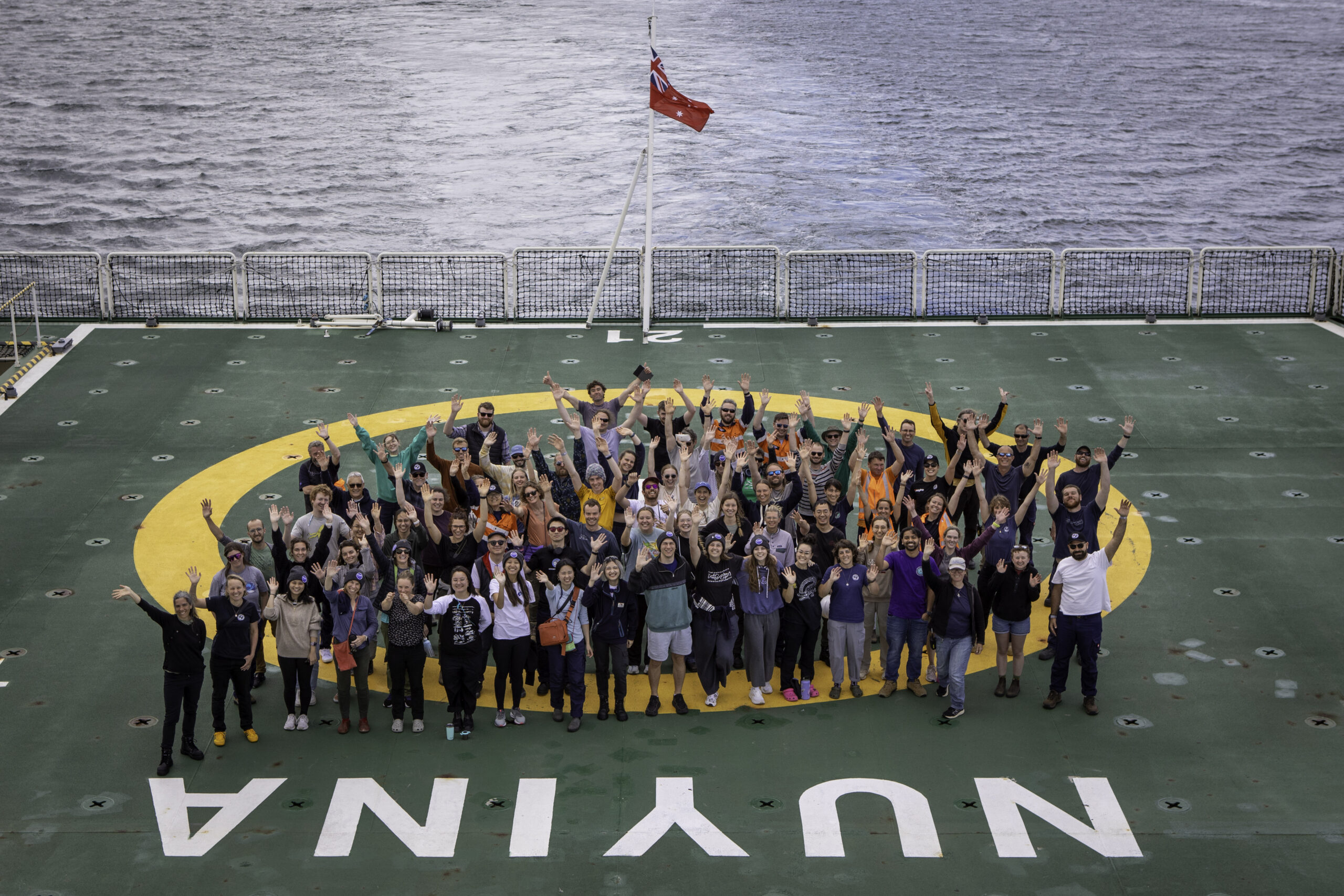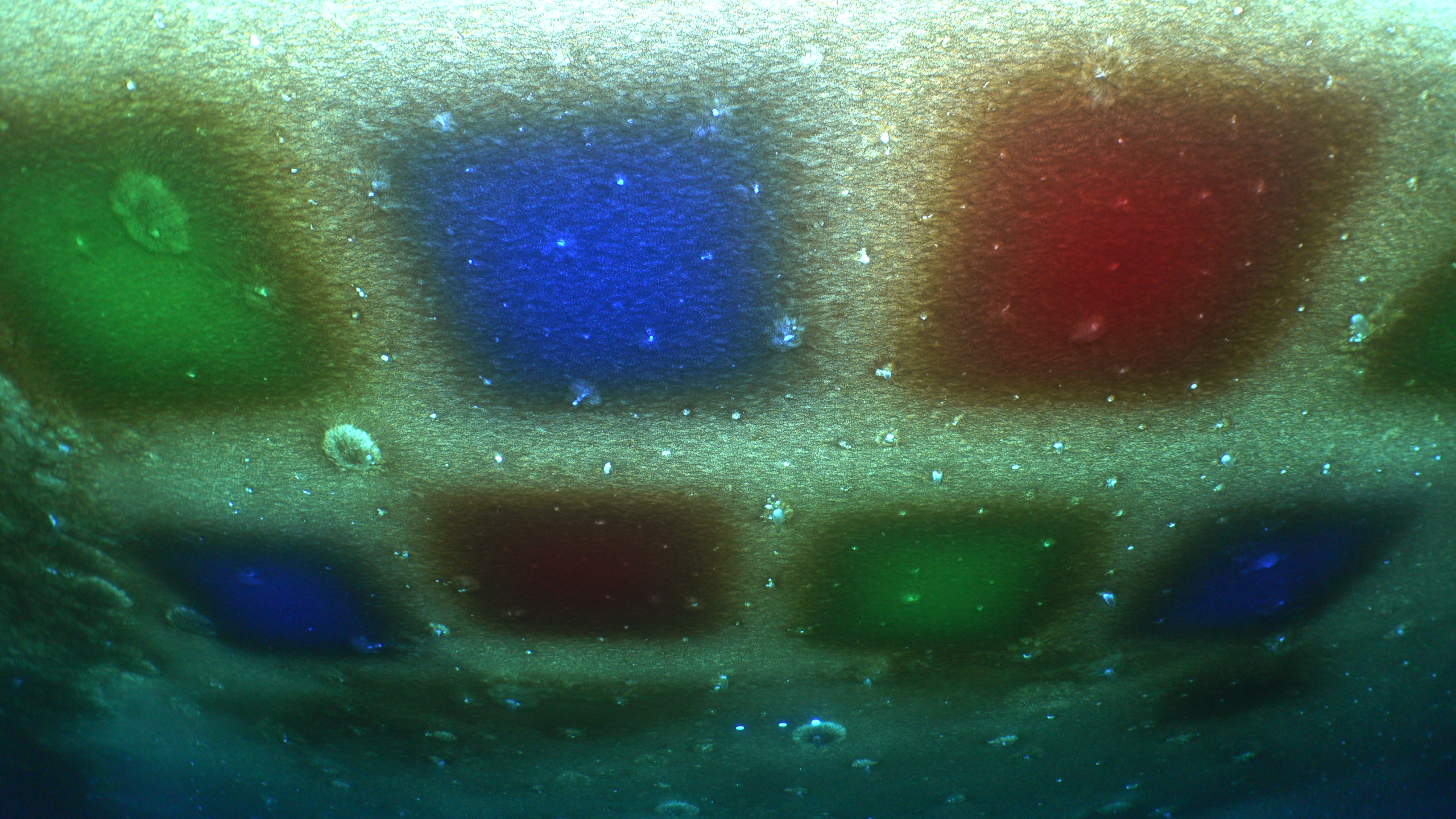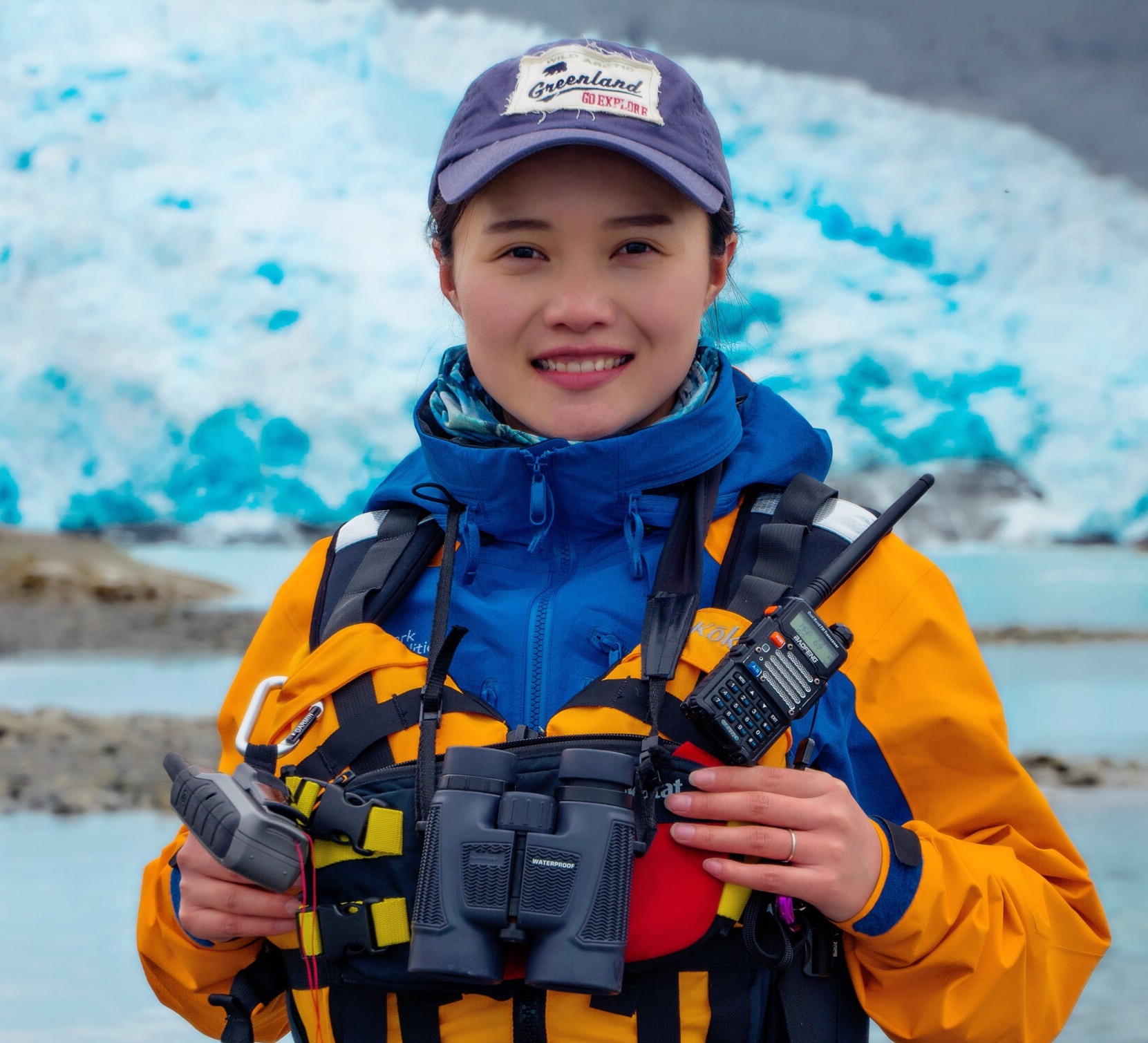The dawn of the Antarctic ice sheets
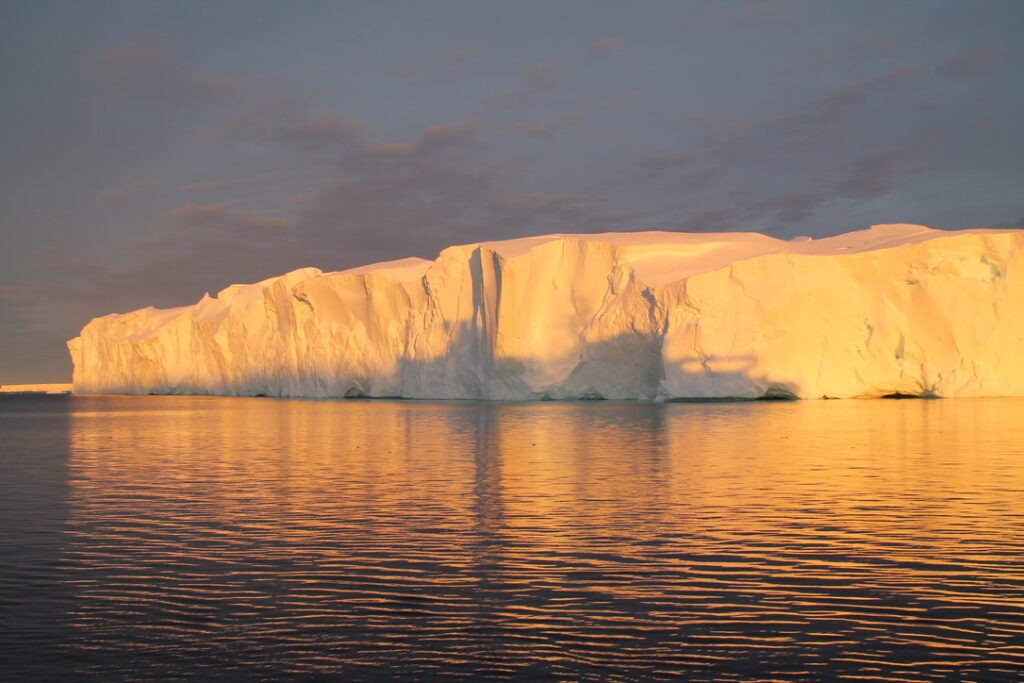
Scientists have achieved a world first, combining unique geological samples from the seafloor with sophisticated modelling to reveal the origins of the Antarctic ice sheet.
Global warming is affecting today’s Antarctic ice sheet. The ‘eternal’ ice is melting faster than predicted—but more in West Antarctica than East Antarctica. The root for this disparity could lie in how the ice sheet formed 34 million years ago.
An international research team led by the Alfred Wegener Institute (AWI) recovered and studied samples from the time of the first permanent glaciation of Antarctica.
Co-author Dr Katharina Hochmuth says they found that the icesheet did not encompass the entire continent as scientists previously assumed. It was instead confined to East Antarctica for at least seven million years before advancing across the continent towards the West Antarctic coasts.
“Our analysis shows that during the first major phase of Antarctic glaciation it goes bananas, and a massive ice sheet grows across East Antarctica,” said Dr Hochmuth, who is a researcher with the ARC Australian Centre for Excellence in Antarctic Science (ACEAS) at the University of Tasmania’s Institute for Marine and Antarctic Studies (IMAS).
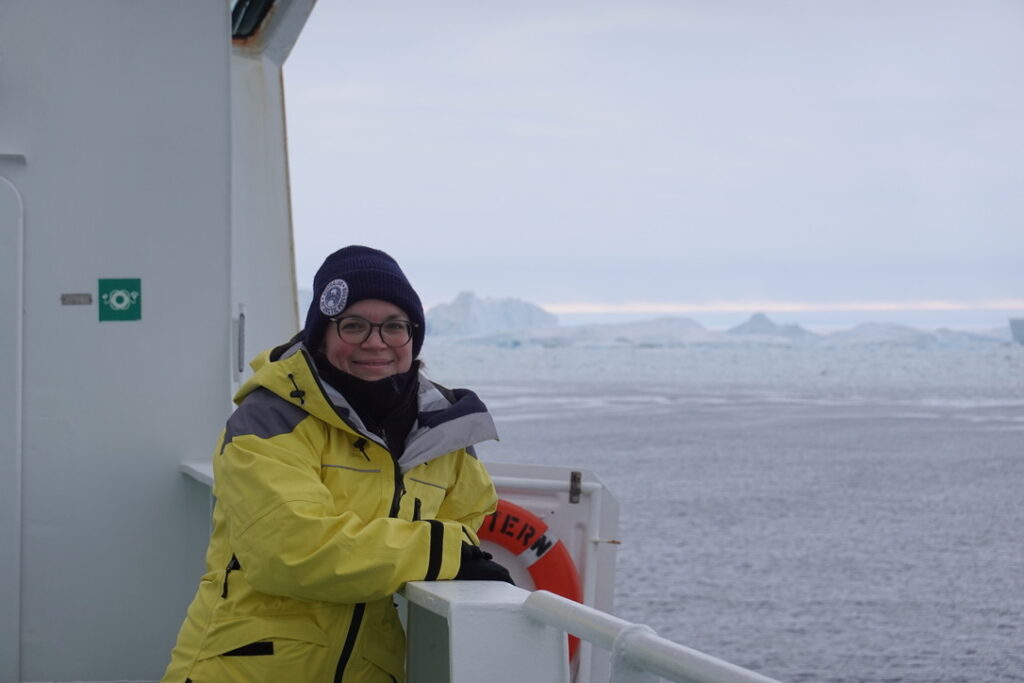
“But the environmental conditions in West Antarctica were still temperate with mean temperatures up to 10oC.”
Lead author and AWI geologist, Dr Johann Klages, says that in East Antarctica, moist air masses reached the strongly rising Transantarctic Mountains—ideal conditions for permanent snow and the subsequent formation of ice caps. But West Antarctica initially remained ice-free, as it was still largely covered by dense broadleaf forests and a cool-temperate climate that prevented ice from forming.
When the glaciation started, Earth was going through one of the most fundamental climate shifts that still influences global climate conditions today: the transition from a greenhouse world, with no or very little accumulation of continental ice, to an icehouse world with large permanently glaciated areas.
Previously how, when and, above all, where the ice sheet began was not yet known. There was a lack of reliable data and samples from key regions, especially from West Antarctica, that could document changes in the past.
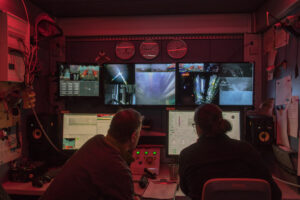

Dr Hochmuth was involved in collecting and studying sediment cores from the Amundsen Sea in West Antarctica.
The research team were able to establish the history of the dawn of the icy Antarctic continent by combining the new data from these sediment cores with existing air and water temperature data, ice maps, and complex climate and ice-sheet modelling. The findings are critical for understanding the extreme climate transition from the planet’s greenhouse climate to its current icehouse one.
The investigations also highlight how different the two regions of the Antarctic ice sheet react to external influences and fundamental climatic changes.
“Even a slight warming is enough to cause the ice in West Antarctica to melt again—and that’s exactly where we are right now,” Dr Klages said.

This research project was funded by the AWI, Center for Marine Environmental Sciences at the University of Bremen, the British Antarctic Survey, and the NERC UK-IODP Programme. The sediment core extraction was conducted from the AWI’s RV Polarstern with colleagues from Heidelberg University, Northumbria University (UK). Collaborators include Universities in Aachen, Leipzig, Hamburg, Bremen, and Kiel, as well as the University of Tasmania (Australia), Imperial College London (UK), Université de Fribourg (Switzerland), Universidad de Granada (Spain), Leicester University (UK), Texas A&M University (USA), Senckenberg am Meer, and the Federal Institute for Geosciences and Natural Resources in Hanover, Germany.
PAPER
J. P. Klages, C.-D. Hillenbrand, S. M. Bohaty, U. Salzmann, T. Bickert, G. Lohmann, H. S. Knahl, P. Gierz, L. Niu, J. Titschack, G. Kuhn, T. Frederichs, J. Müller, T. Bauersachs, R. D. Larter, K. Hochmuth, W. Ehrmann, G. Nehrke, F. J. Rodríguez-Tovar, G. Schmiedl, S. Spezzaferri, A. Läufer, F. Lisker, T. van de Flierdt, A. Eisenhauer, G. Uenzelmann-Neben, O. Esper, J. A. Smith, H. Pälike, C. Spiegel, R. Dziadek, T. A. Ronge, T. Freudenthal, and K. Gohl. (2024) ‘Ice sheet-free West Antarctica during peak early Oligocene glaciation’. Science. DOI: 10.1126/science.adj3931
